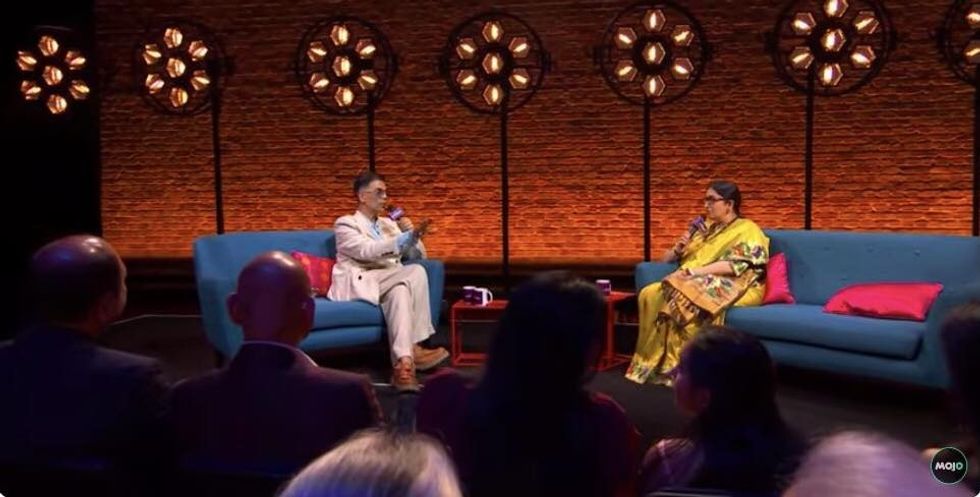The government has urged those who have not yet received their first and/or second dose of the Covid-19 vaccine to do so before the offer ends on June 30.
The NHS vaccination programme has already administered over 146 million Covid-19 jabs across England, with 40 million adults receiving both dose.
As protection against Covid (either from catching the virus or from a previous vaccination) fades over time, the NHS is again offering the Covid-19 vaccine this spring to those that need it.
These include people who will be aged 75 and over by 30 June 2023, people with a weakened immune system, and residents of care homes for older adults (and half of eligible care home residents have had their jab already).
The vaccination can be scheduled online, via phone at 119, or by visiting one of the many walk-in vaccination sites available across the country.
A targeted, seasonal vaccination offer will remain open for those who are most at risk, as advised by the Joint Committee on Vaccination and Immunisation (JCVI). This will enable the NHS to focus efforts on reducing waiting lists for treatment and decreasing backlogs - "one of the prime minister’s top five priorities".
After the Government decides who should be offered the vaccine again later in the year ahead of winter, the NHS will let people know when it’s their turn to come forward.
Health minister Maria Caulfield encouraged individuals to take advantage of the vaccination offer before it closes.
She emphasised the importance of vaccines as a line of defense against Covid-19 and the need to prioritise those most at risk.
“Vaccines are our best line of defence against the virus. I’ve stayed up to date with mine – it’s quick and easy so I would urge you to do the same before the offer closes” she said.
The spring booster campaign will end on June 30, 2023, alongside the current offer of a first and second dose of the vaccine.
Steve Russell, the Director of Vaccinations and Screening at NHS, said the NHS’s successful administration of millions of Covid jabs marks the fastest and largest vaccination programme in NHS history.
However, with the need to learn to live with Covid, the focus has shifted towards targeted seasonal campaigns to protect the most vulnerable individuals, he said.
The JCVI noted that older individuals, residents in care homes, and persons with certain underlying health conditions face a disproportionately higher risk of serious illness with Covid-19.
Russell urged that as the current spring campaign comes to an end, it is necessary for all unvaccinated individuals aged 18 and above to come forward and receive their primary course by the end of June to receive protection.
“The vaccines are safe, effective, and the best way to boost your protection from serious illness caused by covid – so please do come forward for your dose of protection,” he said.
Dr Jeeves Wijesuriya, a GP in London and Clinical Advisor for the Covid-19 Vaccination Programme says: “Most people have now taken up their offer of Covid-19 vaccination. But after 30 June, many people won’t be able to get Covid vaccines from the NHS.
“So, if you’ve only had one Covid-19 vaccination, or not had a vaccination at all, please book yours - before it’s too late.”
To book your vaccinations, visit the NHS website.















 Karan Johar and Smriti Irani
Karan Johar and Smriti Irani

